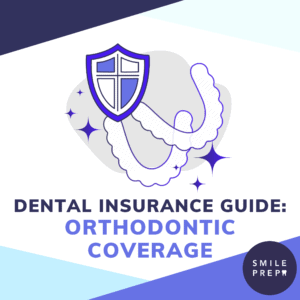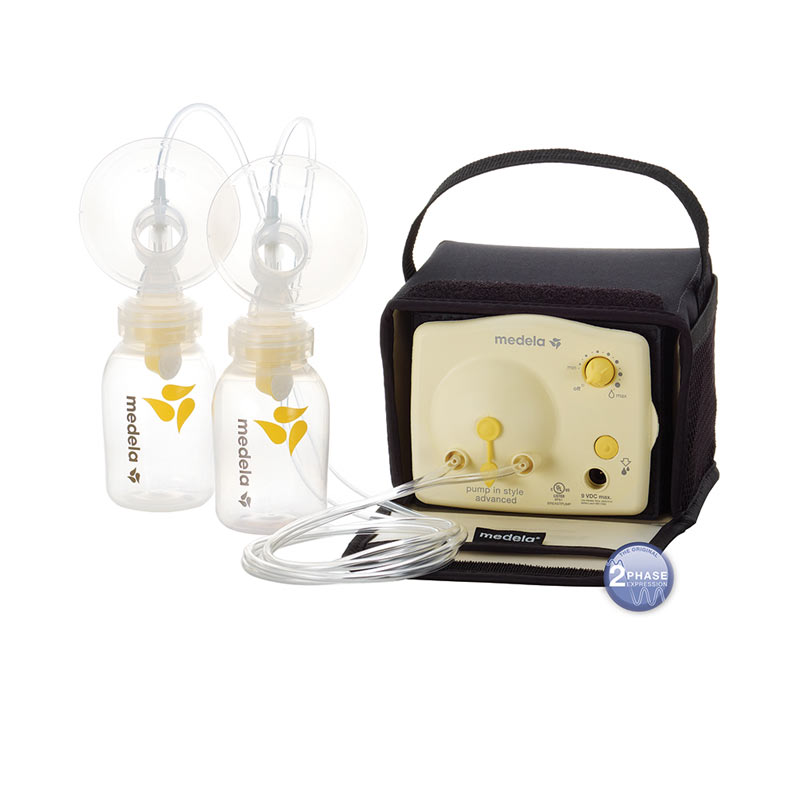Gaining your insurance qualifications. The lowest copays will be for office visits to a primary care physician physicians assistant or nurse practitioner.
These drugs offer a medium co-payment and are often brand name drugs that are usually more affordable.
/dotdash_Final_Tier_1_Leverage_Ratio_Definition_Nov_2020-01-4741405e9a8f49b79939f1a51fc3de54.jpg)
Tier 1 vs tier 2 health insurance. Applies to services provided by participating Horizon Managed Care Network physicians other health care professionals ancillary providers and network. Members would also be responsible for lower coinsurance on most plans2 Tier 2. One thing to note is that any Tier 1 claims will also count towards your Tier 2 deductible and.
Level or Tier 2. With this plan you may pay less when you use Tier 1 providers. Covered prescription drugs are assigned to 1 of 4 different levels with corresponding copayment or coinsurance amounts.
UnitedHealthcare Tiered Benefit plans feature lower copays andor co-insurance when members seek care from a Tier 1 care provider for their primary care physician PCP specialist or hospital inpatient or outpatient services. To see if this plan is available in your state use our Group Plans Search tool. The most expensive copays will come when you visit the emergency room.
Omnia uses a tiered network structure so if your provider is designated Tier 1 you will have a lower deductible or no deductible at all when compared to Tier 2. Emergency medical services that do not meet Tier 1 definition are eligible for coverage at the appropriate Tier 2 or Tier 3 coinsurance level of benefits provided through Kaiser Permanente Insurance Company KPIC. Tier 2 members pay a higher cost-sharing for hospital and outpatient surgery services when compared to Tier 1.
Most countries have both publicly and privately funded healthcare but the degree to which it creates a quality differential depends on the way the two systems are managed funded and regulated. Tier 2 provides you the option to choose a provider from the larger network of contracted PPO providers but you may pay more out-of-pocket costs. When you add two additional tiers of coverage employee and spouse and employee with children but no spouse you wont be paying for unnecessary coverage.
According to a 2014 survey of employer-sponsored health benefits by KFF the average total premium for family coverage was 16834 with employers paying 12011. Generic drugs which could be low-cost preferred generics or general preferred generics. The Tier 1 education level is partly equivalent to the Diploma level under the Australian Qualifications Framework and the Tier 2 education level is partly equivalent to the Certificate III level.
2Services for emergencies are covered at any emergency room at the Tier 1 benefit level. Two-tier healthcare is a situation in which a basic government-provided healthcare system provides basic care and a secondary tier of care exists for those who can pay for additional better quality or faster access. These drugs have the highest co-payment and are often brand-name drugs that have a generic version available.
OMNIA Tier 1 Coinsurance. Weve negotiated the lowest out-of-pocket costs for covered services with Tier 1 hospitals. Brand-name drugs including preferred and nonpreferred options.
Members receive the highest level of benefits when using care providers in Tier 1. If you need to visit urgent care or see a specialist like a cardiologist or an immunologist your copay will be a little higher. Level or Tier 3.
Health insurers assign doctors and hospitals to tiers using a complicated formula of quality and cost measures. Tier 1 - Preferred Doctors and Hospitals Includes Massachusetts General Brigham Providers Tier 2 - Non-Preferred Doctors and Hospitals Our health plans have differentiated between preferred providers and non-preferred providers for many years although the use of the terms Tier 1 and Tier 2. The levels are organized as follows.
UnitedHealthcare Tiered Benefit plans are built on traditional UnitedHealthcare health plans and include additional features that can help both members and employers save money. 1Combined Tier 2 and Tier 3 maximum benefit. Applies to services provided by participating Horizon Managed Care Network physicians other health care professionals ancillary providers and network hospitals that have been designated as Tier 1.
Be sure to look for the Tier 1 symbol to ensure that your doctor will be in the Tier 1 network when your benefits start for the new year. If your plan offers tiered copays youll find a few kinds of payments when you pay for your health care. Level or Tier 1.
Members with benefit plans that provide out-of-network coverage receive the lowest level of benefits for using out-of-network care providers. OMNIA Tier 2 Coinsurance. Tier 1 usually includes a select network of providers that have agreed to provide services at a lower cost for you and your covered family members.
The members share of the costs for covered services will be less with a Tier 1 hospital compared to a Tier 2 hospital. Tier 1 members pay the lowest cost-sharing for hospital and outpatient surgery services. In short the tiers are different because insurers dont use all the same quality.
Members receive in-network benefits for using participating network care providers. These drugs offer the lowest co-payment and are often generic version of brand name drugs. As you use the plan Horizon will keep track of your claims and apply Tier 1 claims towards the Tier 1 deductible and likewise apply Tier 2 claims towards the Tier 2 deductible.







